
This new gateway to Shanghai combines a series of headquarters office buildings with 40,000 sqm of retail set within a new riverside park.

The 800-metre long riverfront site is conveniently located north of the historical ‘Bund’ centre of Shanghai, and will become a new gateway into the metropolis, accommodating three 80,000-tonne cruise ships at any one time.

This question of scale is critical in terms of how the scheme is perceived from Shanghai’s famous Bund to the south.This project is the result of desire to create a prestigious environment for cruise companies to place Shanghai on their Southeast Asian routes.

The Shanghai International Cruise Terminal offers an eclectic mix of business and entertainment to Shanghai residents and strengthened the city’s status as a key commerce and tourism hub.
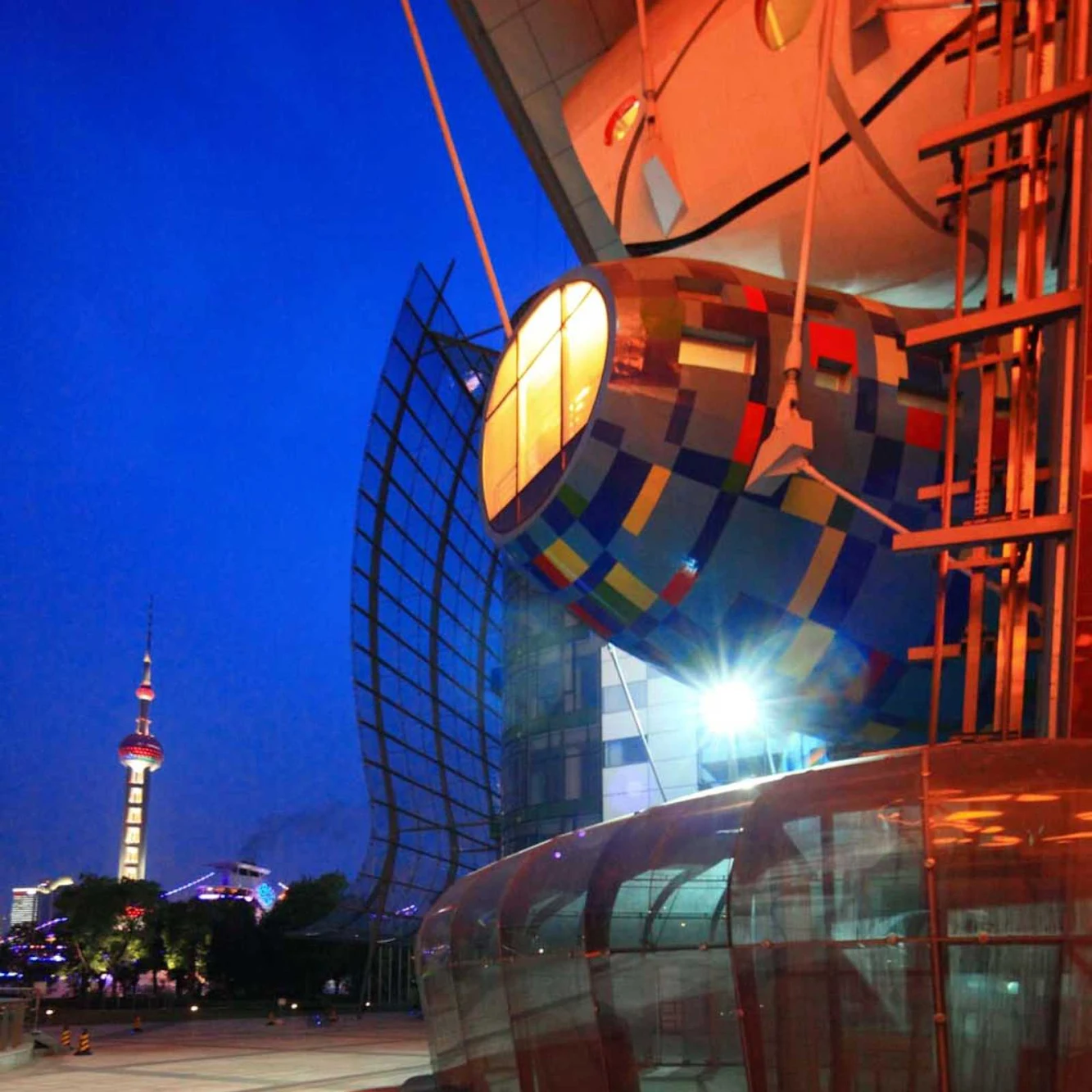
In addition, the mixed-used development meets the Shanghai Authorities’ call for a new maritime gateway in the heart of the metropolis and establishes dynamic spaces attracting locals and tourists to the Cruise Terminal every day.

The highlight of the development is a structure called the ‘Shanghai Chandelier’-a 40m-high glass-clad portal that overlooks the public park and waterfront where an open space is set aside for residents and tourists to gather for festivals and events.
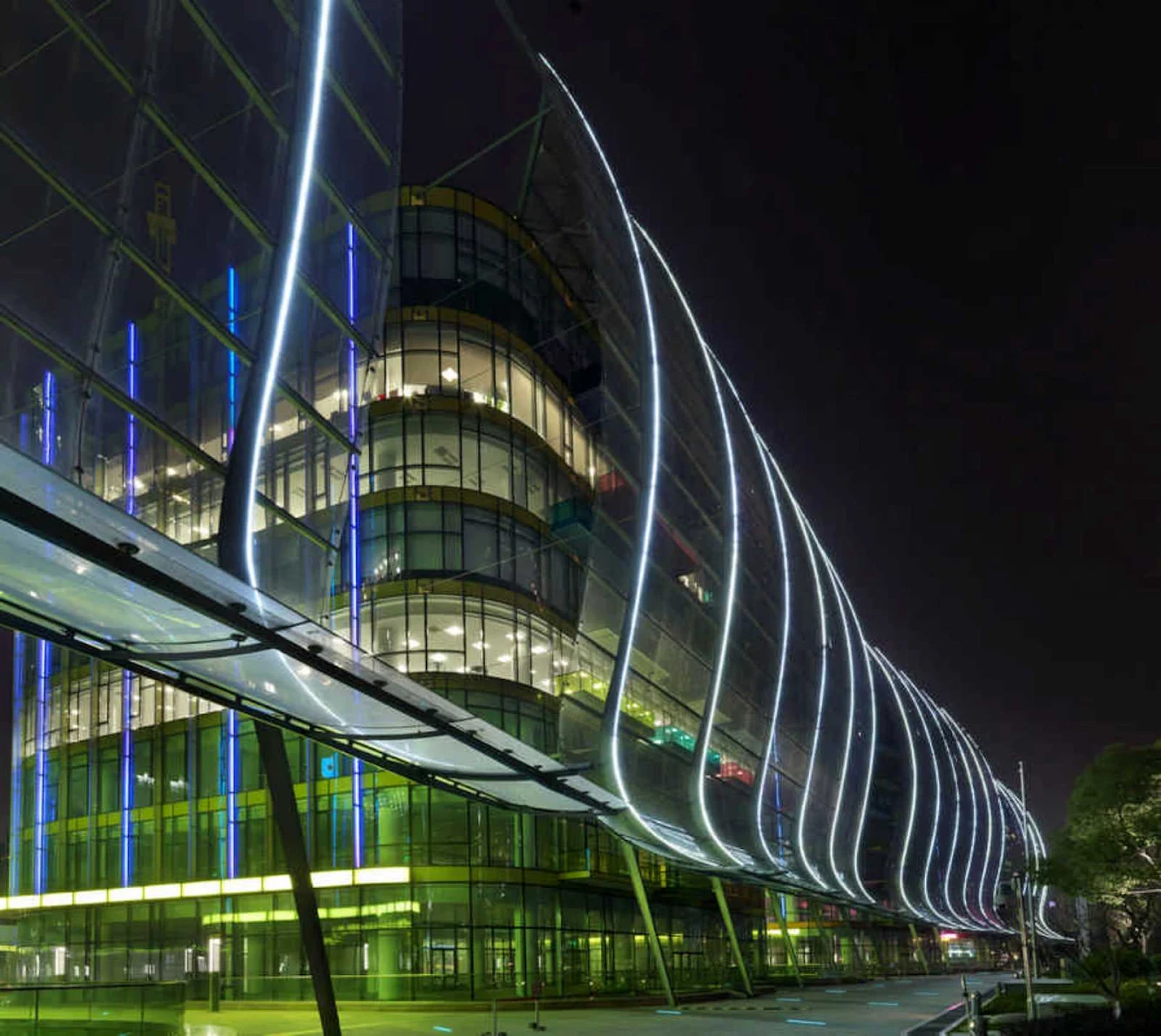
“The client was extremely supportive of our proposal to create high quality public spaces which offer new experiences. People can rise through a ‘climbing frame’ of activities, passing through a series of floating ‘Faberge Eggs’ to experience spectacular views of Shanghai in a brand new way. We see the 'Shanghai Chandelier' as an archway of delight, extending an open invitation: all are welcome, admission is free,’’ said John Curran, Sparch Project Director.
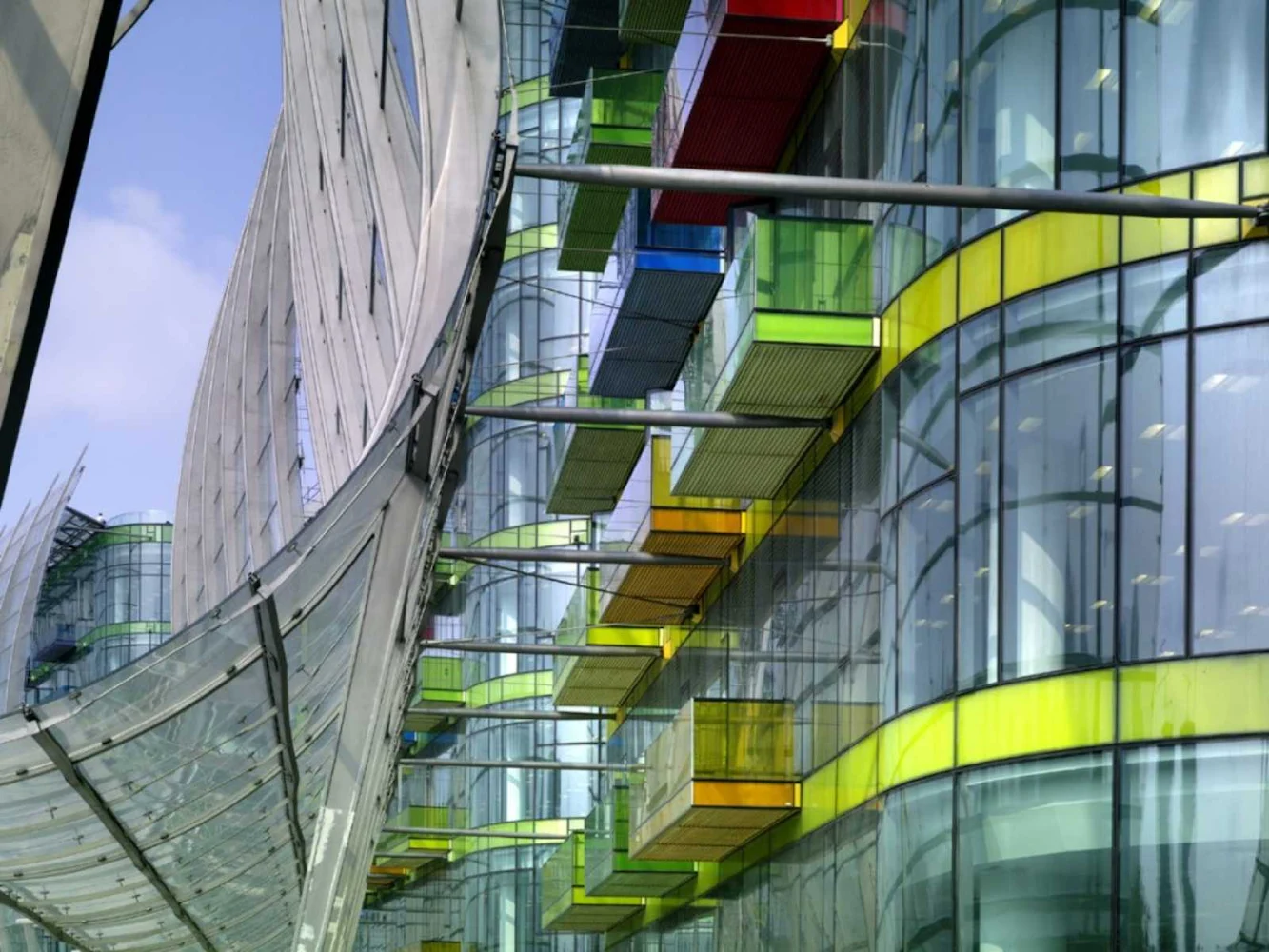
The structure houses several ‘floating’ cafés, restaurants and bars suspended on cables in an extraordinary three-dimensional composition, the first suspended cable construction of its kind in the world. the Shanghai Chandelier is the gateway to the multiple public arenas on the site, including the hospitality venues within the suspended structures.

The portal structure is designed to deploy a 40-metre wide by 30-metre tall gauze screen for digital projections. the development utilises the “River Water Cooling Technology”, a first in Shanghai-where water from the Huangpu River is used as a refrigerant to naturally cool the buildings during the hot summer months, and then recycled back to the river.
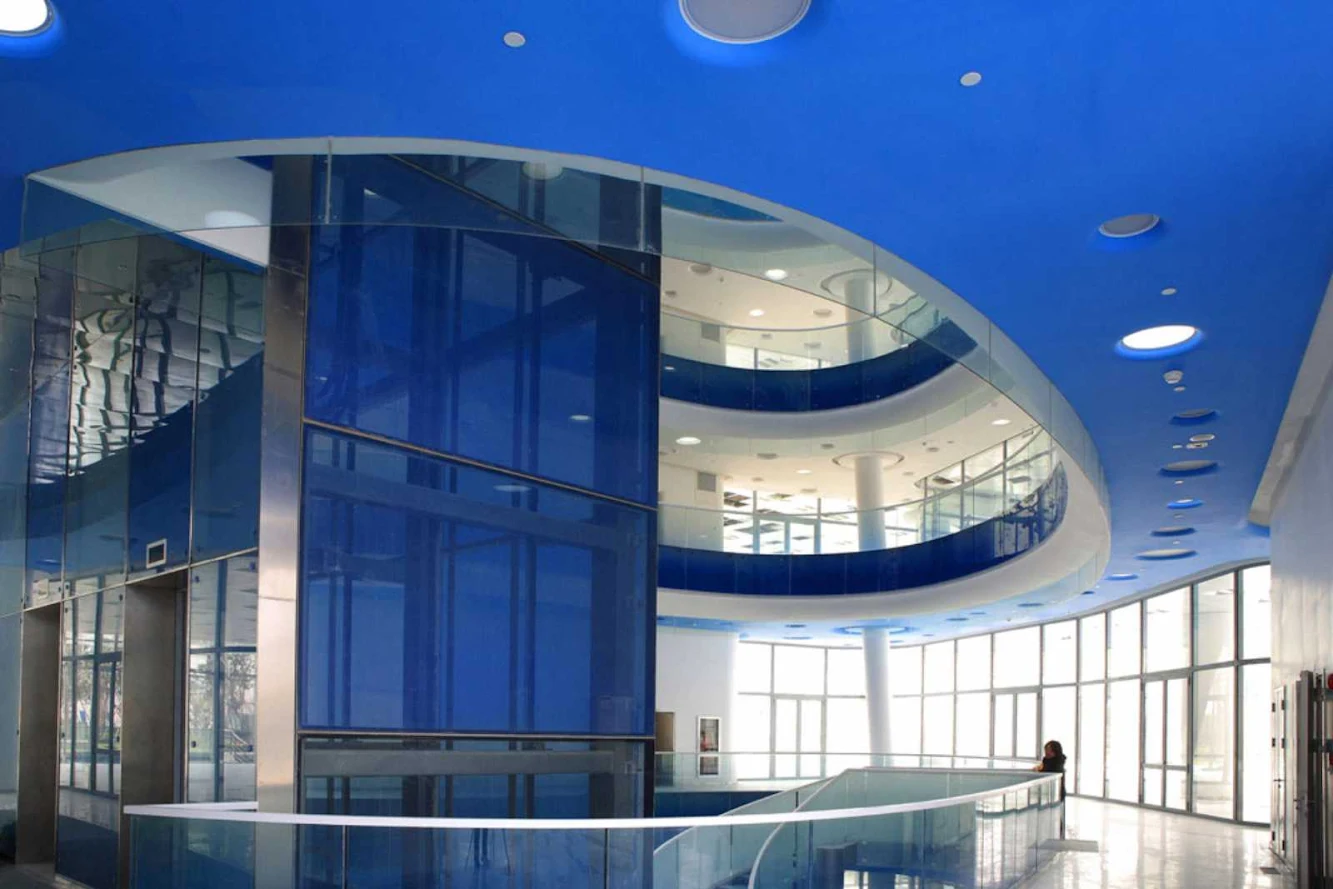
All six office pavilions contain ventilated atria, topped with louvered skylights. During mid-season, air circulates through the facades across the office spaces towards the central atrium where it exhausts at the top. Pixelated window openings across the office façades provide local comfort cooling. Large doors open onto generous balconies along the south side, within a double skin façade, overlooking the Huang Pu River. the outer skin contains a solar shading frit to protect the interiors from their due south orientation.

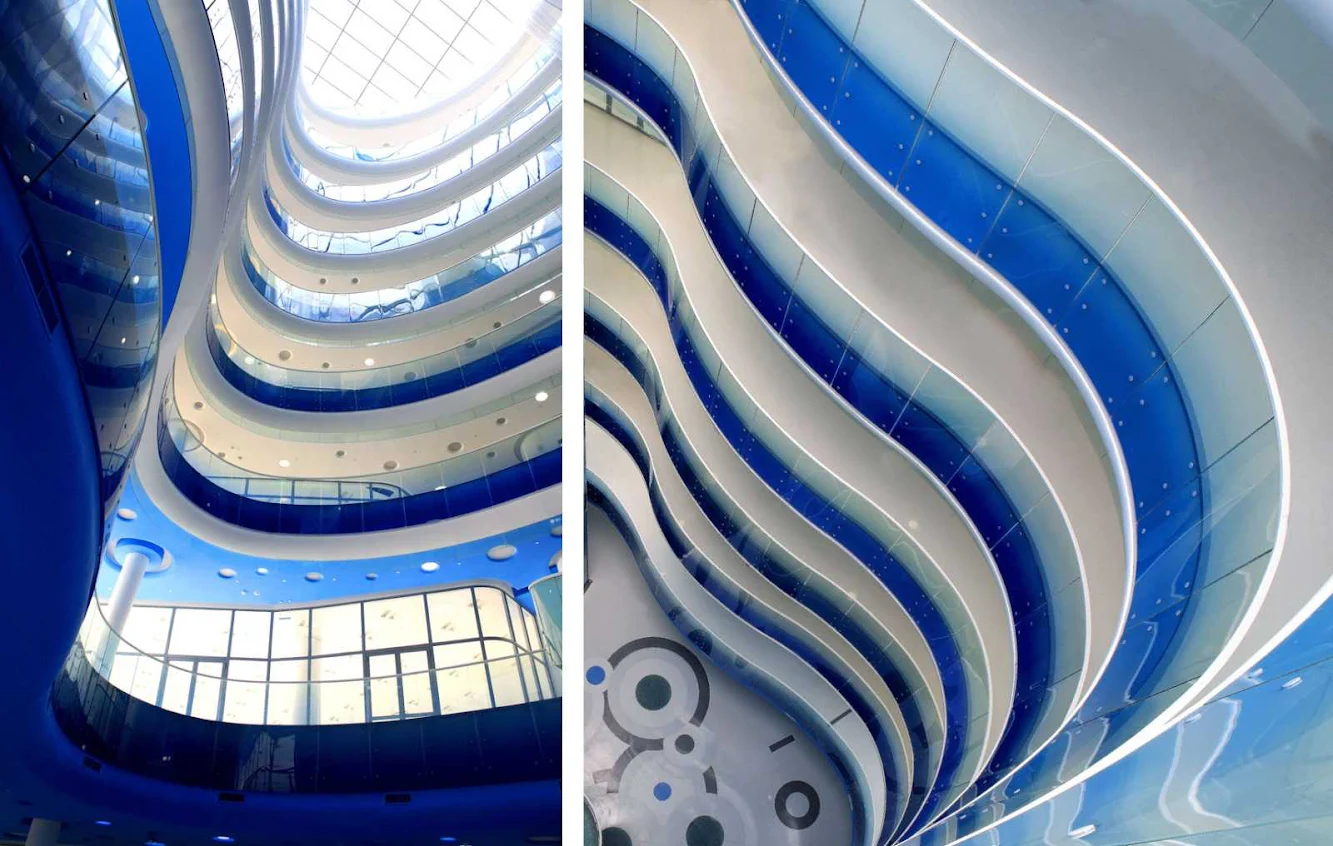

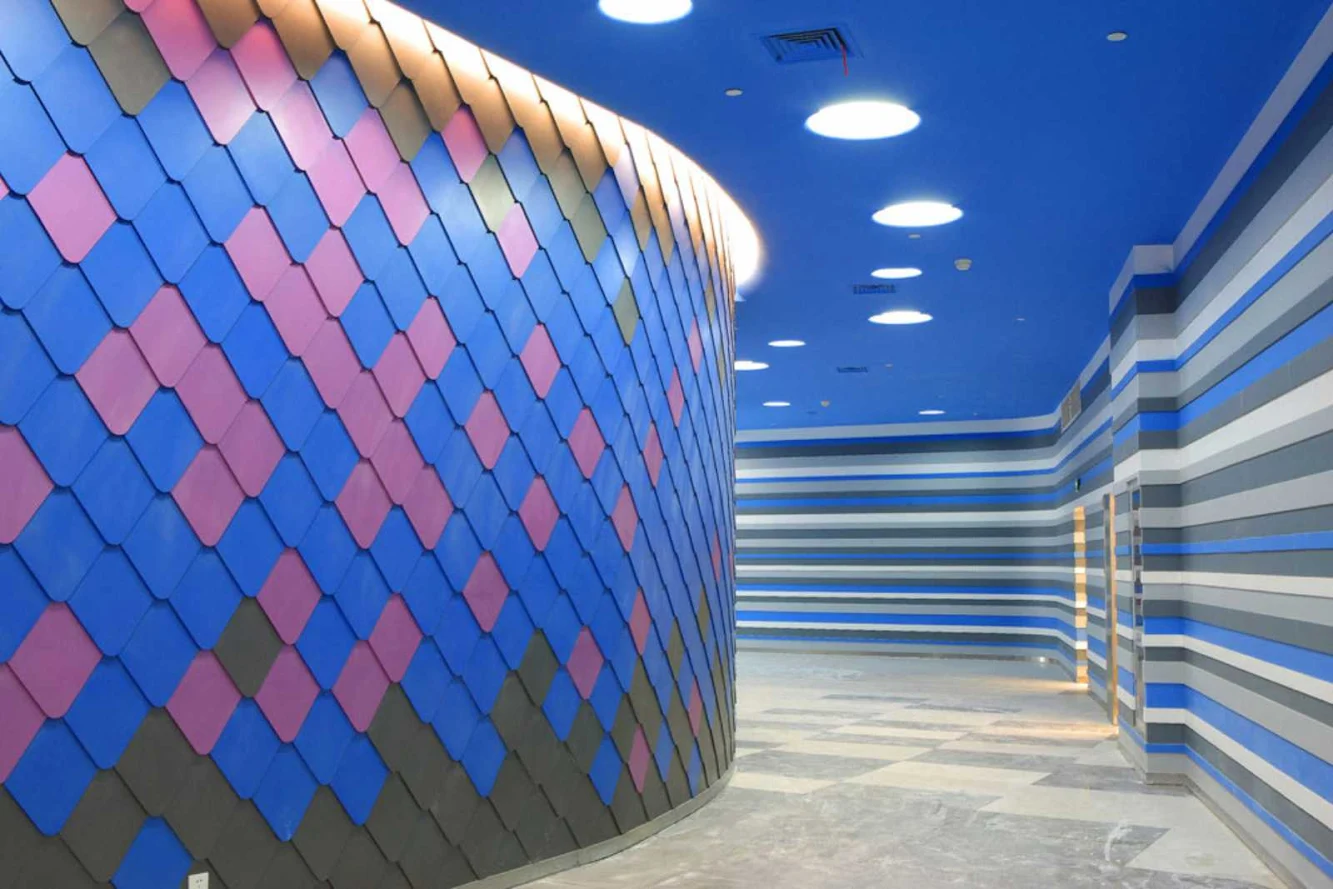
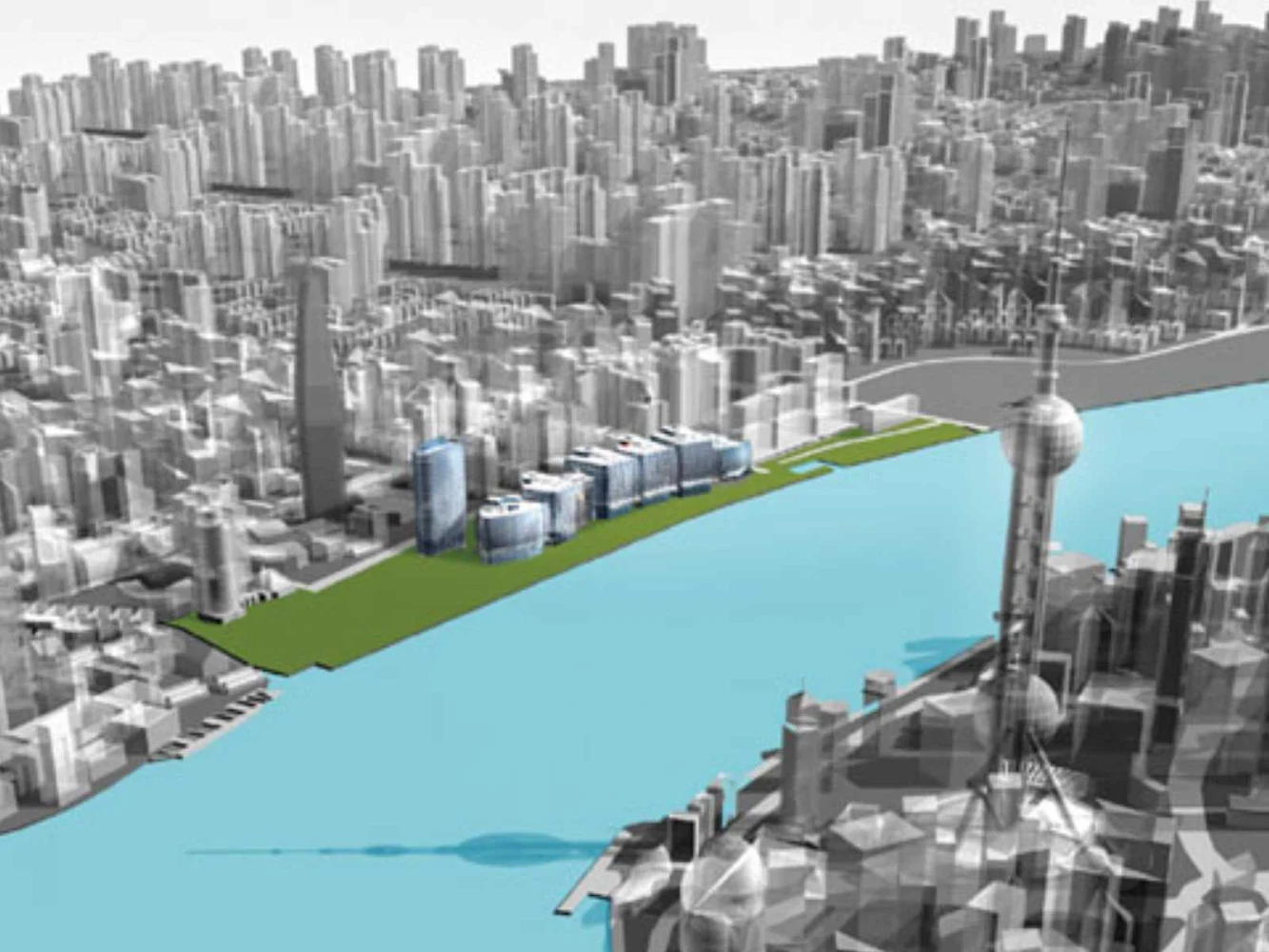

Location: Shanghai, China Architect: Spark Project Director: John Curran Project Team: Jeb Beresford, Gabriel Briamonte, Conyee Chan, Jan Clostermann, Sofia David, Carl Harding, Zhang Hua, Ala Pratt, Joe Ren, Sven Steiner Engineer: Arup Facade Engineer: Rfr Lighting Consultant: Lighting Design Partnership Gross Floor Area: 130,073 m2 Total Area: 263,448 m2 Year: 2011